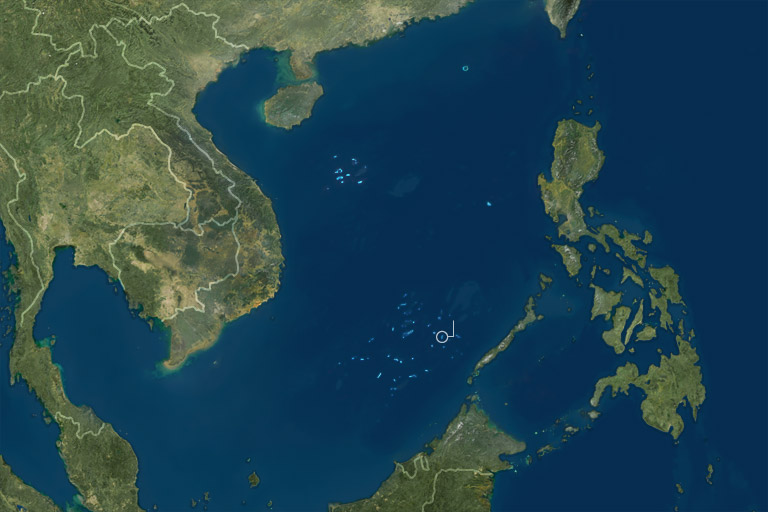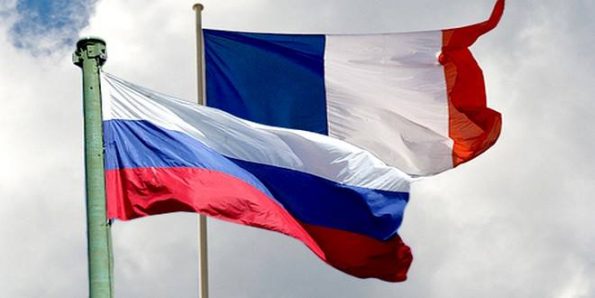
The dispute in the „South China Sea‟ is, as widely known, a multistate affair. Cook (2011), in an interview with Ian Storey, showed that tensions have been escalating in this area since around 2007. In majority, it is two sets of islands (atoll and reef chains), the Paracel‟s and Spratly‟s (including a number of submerged shallow islands) that are at the centre of this multinational dispute. Key players include China (the PRC mainland, Taiwan, Hong Kong, Macau), Vietnam, Philippines, Malaysia, and Brunei. Notable secondary actors include the USA, ASEAN, Indonesia, Thailand, the UN, EU and Singapore. These key players have, over the past 4 years, been escalating disputes over a number of key issues which are: a build-up of militarism and a lack of diplomacy by all except Brunei (especially in the Spratly‟s); access to oil, natural gas and other minerals; access to lucrative fisheries; control over lucrative lanes of trade; defining national territorial waters versus identifying international waters; objections by China for the involvement of secondary actors in the dispute (Anonymous, 2010; Buckley, 2011); the Beijing Consensus being used against China and the Washington Consensus using war-games to flex its muscles; Taiwanese sovereignty; and overall mixed signals from each key player (the PRC, for example, expressed goodwill for the region yet also continued the development and deployment of blue water naval ships and the offloading of materiel in the Spratly‟s).
There is something of a stew of growing nationalism at present (such as the Philippines renaming the „South China Sea‟ to the „West Philippine Sea‟: see Cheng 2011 for more). We see, in another example, Vietnam passing a conscription bill which is in many ways worrying. However, I feel that the likelihood to this dispute mounting to serious violence to be an exaggeration (an opinion that is widely shared in the extant literature). What this rise in nationalism will do, rather, is hinder regional cooperation and collective growth. Violence would do untold harm to China‟s efforts for global goodwill and South-South relations (i.e. trade, research and culture swaps) which it has been building over the past 20 years. Cheng (2011) adds to this reasoning as China has restated its com-mitment to a non-violent resolution to the conflict (see also Anonymous, 2011). We also have to consider the diplomatic efforts that have been making inroads through the Treaty of Amity of Cooperation, the Dec-laration of Conduct and the „South China Sea‟ Work-shop as barriers to violence.
Overall, it comes down to what many commenta-tors have been saying for some time: focus on di-plomacy, do not play to nationalist currents at the expense of other citizenries and the ASEAN+3 re-gion, and work on a friendly and cooperative strat-egy for the betterment of the region. This paper will try and provide a small prescriptive measure for realistic progress to be made in that direction.
Origins & Evolution
It would be a very difficult undertaking, although a greatly interesting one, to try and map the his-tory of „South China Sea‟ disputes between states bordering that Sea. The focus here is rather on the last ten years.
…
…
Published in Political Reflection Magazine Vol. 2 No. 3




